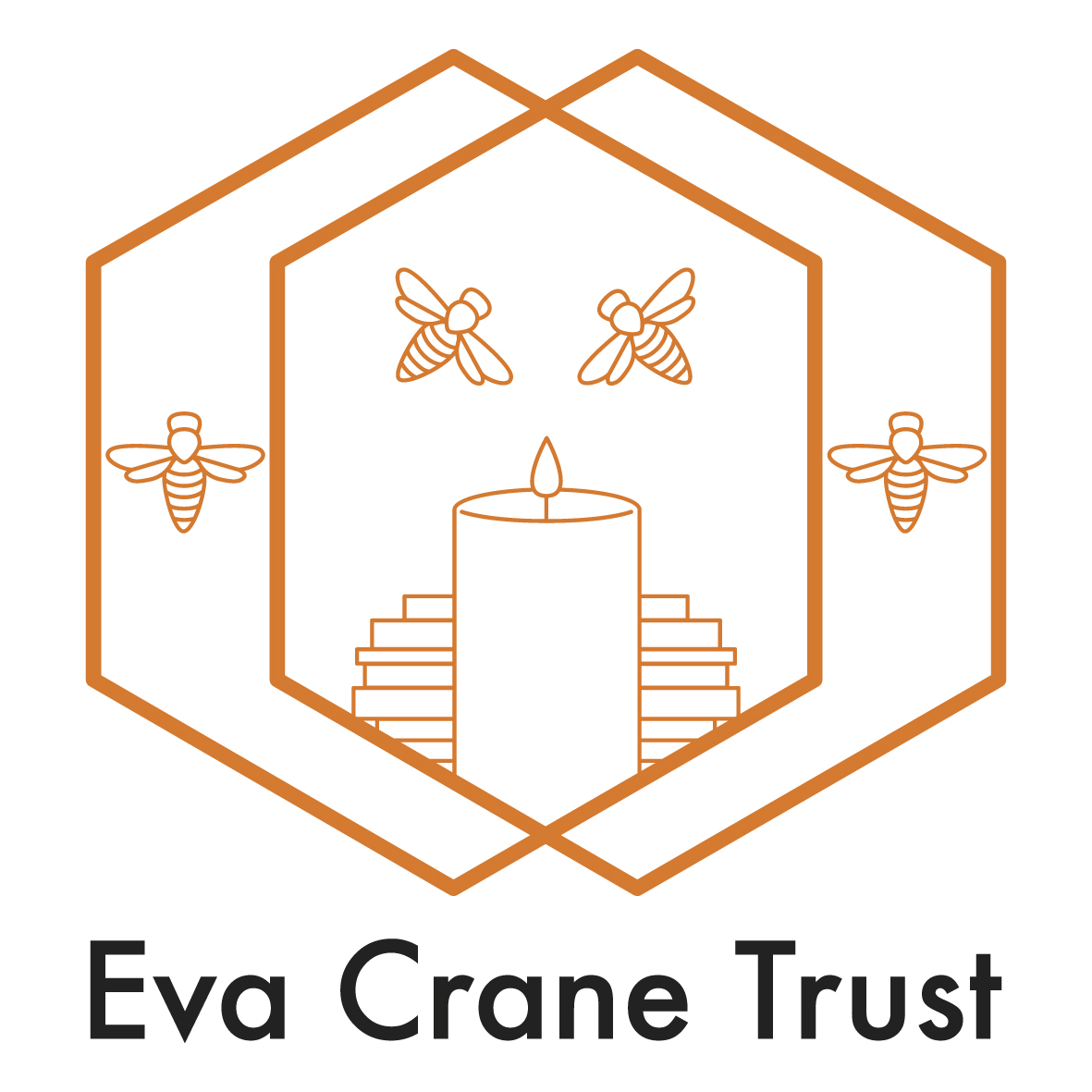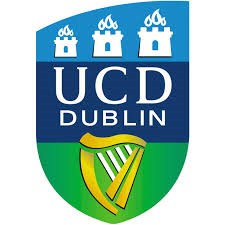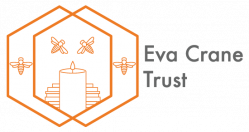Eva Crane Pollen Reference Collection
Eva Crane Pollen Reference Collection
Background
Bees of most species feed on both nectar and pollen, and they gather pollen from plants to bring back to feed to their developing larvae. Understanding what flowers bees are feeding on can help answer many questions in pollination ecology and pollinator conservation. One method than can be used to answer some of these questions is to study the pollen collected by bees (either in their corbiculae or on the rest of their bodies).
However, a limitation in the study of fresh pollen collected by bees is often that there is no existing reference collection to compare pollen grains with to aid with their identification. The aim of this project was to build a reference collection of fresh pollen samples to display on a searchable website as a resource for the pollination research community. We chose to focus our work on the Burren region in the west of Ireland; a region that is botanically diverse and contains around 70% of Ireland’s approx. 900 native flowering plant species, and that is a hotspot for pollinator diversity (Figure 1).

Figure 1. A typical grassland in the Burren containing a variety of flowering plants, and the rare bumblebee Bombus sylvarum foraging on Centaurea nigra in the Burren (photos by DS)
Approaches
This project began in spring 2017, with sample collection carried out throughout the summer of 2017 and 2018. Pollen samples of plant species from across the Burren were collected by removing anthers from flowers using clean forceps, and placing samples in tubes containing 70% IMS for preservation. To accurately identify plant species, contact was made with botanical experts around the Burren. In total pollen from 225 plant species (204 in the collection) were collected over the two year period representing the majority of insect pollinated plants in the region. The pollen from each sample was then mounted on microscope slides in glycerol jelly (Figure 2). Two preparations were made of each slide, one unstained and one stained with Safranin O The slides were then digitised, with videos and photographs taken of a grain-rich region of the slide to represent multiple focal planes. Ten key features were chosen which represented the main identifiable features of fresh pollen, and data on each feature was then collected from the literature, by using existing online databases such as PalDat and Pollen Wiki and also relevant scientific literature. These data were verified by cross-checking with multiple resources (minimum of two if possible), and then also compared with images from this collection and other images online. Where information on key features was missing from the literature, data were measured from images of pollen from both the Eva Crane Pollen reference collection and the Global Pollen Project. The final selection of key features is intended to make narrowing down candidate plant species easier using treatments and equipment common in the field of pollination ecology. With this in mind, we focused on features which can be accurately identified under these conditions. It should be noted that species level identification is rarely possible in this situation.

.jpg)
Figure 2. Slides of pollen grains from the collection, and unstained slide example of Ulex europeus (Gorse) pollen from the Eva Crane Trust Pollen Reference Collection (photos by FC)
Results and Conclusions
The final collection images and videos of microscope slide preparations of fresh pollen grains from 204 plant species growing in the Burren region in Ireland. Although based in the Burren region, the majority of the species collected are found countrywide and so this database provides a valuable resource for the wider pollination community. The collection is displayed in a user-friendly way on our website: evacranepollen.ucd.ie. and the entire dataset is deposited on FigShare. The website includes a search function which allows the user to search the images based on certain key features. There is also a physical collection of the microscope slides which is housed within the School of Agriculture and Food Science at University College Dublin (UCD). The collection has been advertised widely on social media and to the pollination research community in Ireland, and we hope to write a short piece on it for a pollination journal. We also hope to advertise it to beekeepers for use in melissopalynology. We hope this collection will have broad applicability across the field of apidology, but also to the fields of archaeology, forensics and pollination ecology in Ireland and beyond.


Figure 3. Michelle Larkin in the Burren collecting floral specimens for inclusion in the collection (left) and Natalie Barry, Fergus Chadwick and Anant Shaw at UCD; NB and AS worked as interns on the project in 2019, and FC worked on the project across all years (right). Photos by DS
Acknowledgements
We are very grateful to the Eva Crane Trust for their funding and support of this project
This project involved a number of summer research internships who worked extremely hard on the project, and brought many useful skills and insights to it (Figure 3). We hope they also benefitted from their involvement with the project in terms of training and research experience. Thanks to the following people who worked on the project: Fergus Chadwick (University of Glasgow); Michelle Larkin, Liam Darcy and Emmeline Cosnett (NUI Galway); Anant Shaw and Natalie Barry (University College Dublin). FC and DS designed the project, FC and ML collected samples in the field, FC, LD, EC made slides and digitised the collection, EC and NB collected data on pollen features, and AS developed the website. DS managed and supervised all stages of the project. Thanks also to Sharon Parr, Stephen Ward, Phoebe O'Brien and Maria Long who helped with the identification of plants.
Dr Dara Stanley
NUI Galway and then University College Dublin
https://www.stanleyecologylab.org/




